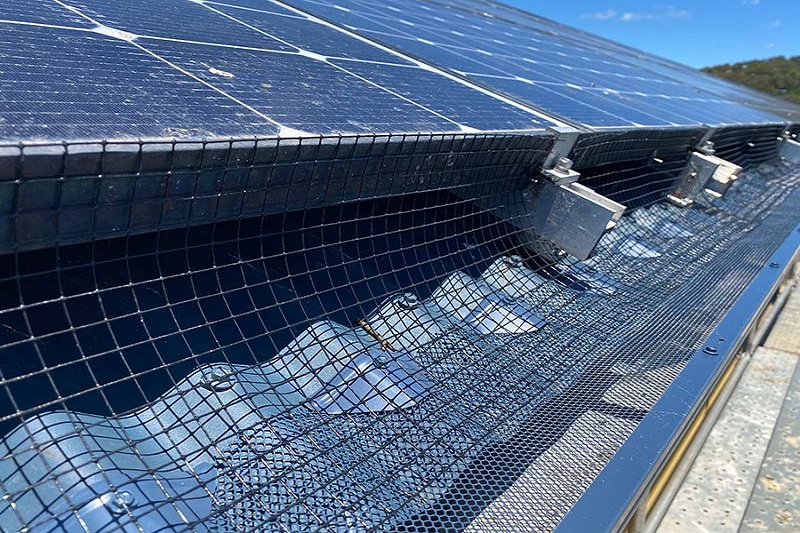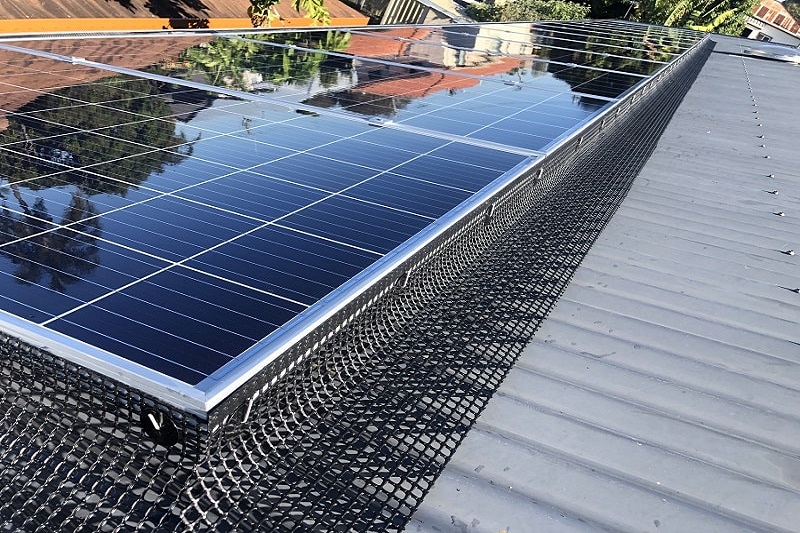 |
| Lawyers |
Have you ever found yourself stuck with confusing legal jargon, wondering if you need a professional to sort it out? Do you often ask, “Why do we have lawyers in the first place?” You’re not alone. Many people in Glen Iris and across Victoria face questions about legal representation at some point in their lives, whether it’s about drafting a will, resolving family issues, or seeking commercial guidance.
In this post, we’ll unpack 10 compelling reasons why hiring a lawyer in Glen Iris can make all the difference. You’ll discover how a lawyer’s presence can ease the burden, protect your interests, and clarify your legal obligations. We’ll cover everything from representation in court to specialised advice on complex matters.
By the end of this read, you’ll have a better grasp of Legal Ethics Victoria, how lawyers can help with probate or business negotiations, and why a local law firm might be just the partner you need. Get comfy and let’s explore the top reasons to seek help from seasoned professionals who know the ins and outs of Victorian legislation.
Why Do We Have Lawyers?
Have you ever wondered, “Why do we have lawyers at all?” Lawyers serve as guides during some of life’s most complicated moments. They interpret legislation, ensure your legal rights are upheld, and provide peace of mind when the stakes are high.
Legal systems can be intimidating, especially for those unfamiliar with their many rules and procedures. Working with a lawyer gives you an ally who can focus on your best interests. Rather than tackling intricate legal problems alone, you can rely on credible advice to help navigate everything from small disputes to major court cases.
An Overview of Legal Ethics Victoria
Legal Ethics Victoria refers to the professional standards and guidelines that govern lawyers throughout the state. It underpins how they interact with clients, courts, and the broader public. This code exists to protect clients, making sure that legal practitioners provide honest services and maintain confidentiality.
These ethical guidelines outline a lawyer’s duties, such as acting in good faith, avoiding conflicts of interest, and offering objective advice. Knowing Legal Ethics Victoria also helps you spot the difference between a reliable lawyer and one who may not have your best interests at heart. Above all, these rules boost transparency and build trust, so you can be confident when hiring a Glen Iris solicitor to champion your cause.
Expertise in Australian Legislation
Many people start their journey into the legal process by thinking, “I need a good lawyer,” yet have no idea where to begin. A local Glen Iris lawyer is often well-versed in Australian legislation as it applies to Victorian courts. Whether it’s employment law, contract law, or property disputes, these professionals keep up with regular legislative updates that might otherwise go unnoticed.
When you first realise you need legal advice, you might panic and jump online, typing “I need a good lawyer” into a search engine. This step can be daunting, as you’ll see pages of listings, each claiming to be the best. A good starting point is to look for a local lawyer who specialises in the area of law related to your situation—be it family, probate, or commercial. This way, you’ll access targeted knowledge and reduce the time spent explaining state-specific requirements.
Keeping an open line of communication is crucial. A trustworthy lawyer will ask plenty of questions to understand your circumstances, then outline the steps, estimated costs, and possible outcomes. They should keep you informed about every stage in the process and take the time to address your worries.
Lawyer Conversation vs. DIY Approaches
Some people consider DIY legal approaches, such as drafting a homemade will or negotiating a commercial agreement on their own. However, without the right insight, these attempts can lead to mistakes that cost more in the long run. A qualified lawyer conversation can clarify your options and highlight the possible pitfalls of going solo.
Moreover, each case carries distinct nuances. One contract clause could make or break your business deal, and a missing signature might invalidate your will. By having a seasoned professional double-check the fine print, you strengthen your position and minimise issues later. Though online guides offer a quick glance at the law, they don’t replace a lawyer’s longstanding experience.
Representation in Court
Legal proceedings are rarely straightforward, and stepping into a Victorian courtroom can feel overwhelming. You might think, “Why do you need a lawyer in court for something seemingly simple?” The truth is, even small legal matters can develop into major headaches if handled improperly.
Why Do You Need a Lawyer in Court?
Striding into court alone can be intimidating, especially if the opposing side has legal representation. Knowing the correct procedures, presenting evidence effectively, and adhering to deadlines can be challenging. Lawyers are trained in these processes and can guide you step by step, ensuring you put your strongest case forward.
Remember, courts aren’t just about presenting facts; they’re about interpreting and applying the law. A lawyer can highlight points you might miss, and refine your arguments for maximum clarity. This focus can significantly improve your chances of a positive outcome, even if the initial matter looked minor on the surface.
Ethical and Legal Considerations
When you hire a lawyer, they’re bound to uphold certain ethical and legal standards. This means they can’t just push any argument forward; it must be grounded in integrity and consistent with Legal Ethics Victoria. Trustworthy lawyers will provide an honest assessment of your chances, ensuring that you don’t waste time or money chasing unrealistic outcomes.
These professionals are also there to prevent unscrupulous practices in court. By having someone knowledgeable on your side, you protect yourself from half-baked tactics that an untrained eye wouldn’t catch. This ethical and legal responsibility fosters a fair, respectful courtroom environment and helps resolve matters with credibility.
 |
| Lawyers |
Comprehensive Wills and Probate Support
Thinking about wills and probate might feel sombre, but planning for the future can save your loved ones from unnecessary stress. Having a thorough approach is vital if you want your assets handled according to your wishes.
Free Probate Legal Advice Explained
Certain law firms in Glen Iris may offer free probate legal advice as an initial consultation. During this session, they may outline the steps needed to finalise someone’s estate, clarify the roles of executors and beneficiaries, and explain how probate works in Victoria. It’s an opportunity to see if you are comfortable with a lawyer’s approach before fully committing to their services.
Probate law can be complex. Paperwork must be filed correctly, and any missed detail can result in penalties or lengthy delays. An expert lawyer will make sure that the process runs smoothly, so you don’t find yourself overwhelmed by endless forms and requirements.
Legal Help with Wills for Victorian Residents
Aside from probate, lawyers also offer legal help with wills. Drafting a will might sound easy, but each person’s circumstances vary. Perhaps you own multiple properties, have dependants with special needs, or need to set up a trust. A cookie-cutter online will kit might overlook these details, leaving your assets unprotected.
In Glen Iris, a local firm can walk you through the nuances of Victorian law. They’ll confirm all your intentions are legally enforceable and can update your documents as your situation changes. This approach protects you from common oversights, helping to ensure your loved ones will be safeguarded exactly as you intend.
Resolving Family Law Matters
Family law can involve parenting arrangements, divorce settlements, or de facto disputes. Emotions often run hot, and having a lawyer helps keep things grounded.
Managing Sensitive Cases Ethically
Sensitive family law cases touch on personal relationships that can be difficult to discuss. Your lawyer must navigate them with care, following ethical and legal guidelines to reduce stress while finding workable solutions. Their ability to remain a calm voice of reason is invaluable, especially when emotions threaten to derail progress.
Lawyers in Glen Iris who specialise in family law will examine each aspect of your case—from financial details to child custody arrangements—and customise a plan to meet your goals. They can also refer you to mediation or counselling services if disputes become overly emotional. This holistic approach is particularly important when children are involved, as their wellbeing often becomes the top priority.
Typical Family Law Processes in Glen Iris
Family law cases typically start with an initial consultation, where you’ll share details about your relationship and any pressing issues like child support or property distribution. Both sides might attempt negotiation or mediation first to find an amicable settlement.
If these negotiations break down, court proceedings could be necessary. Here again, having a lawyer makes a key difference. They can present evidence, draft legal documents, and represent you in front of a judge, ensuring your position is clearly stated. Their knowledge of the local family law courts in Glen Iris and greater Victoria can speed things along, which is helpful if you want a resolution sooner rather than later.
Conclusion
Summing up, consulting lawyers in Glen Iris gives you the benefit of local knowledge, adherence to Legal Ethics Victoria, and the comfort of personal interaction. These professionals offer tailored solutions to issues ranging from free probate legal advice to intricate business contracts. Whether you’re dealing with family matters, commercial disputes, or will preparation, a skilled lawyer can save you a world of worry in the long run.































